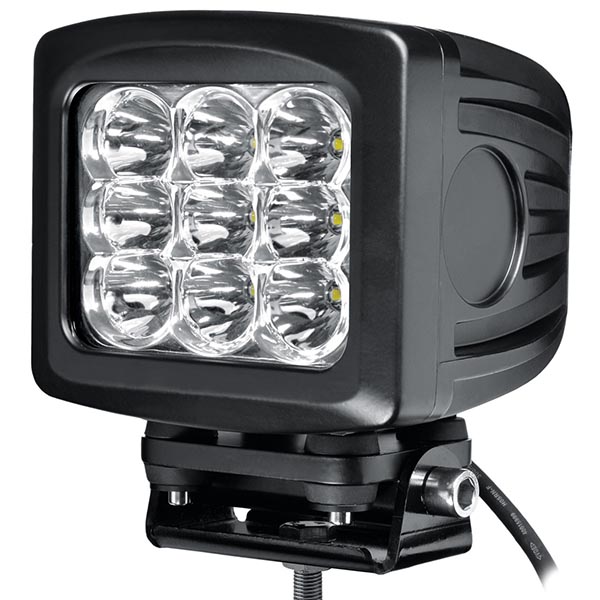-
 13316809242/15816897019
13316809242/15816897019
-
 59911926@qq.com/sales@goldenfuturehk.com
59911926@qq.com/sales@goldenfuturehk.com
 13316809242/15816897019
13316809242/15816897019
 59911926@qq.com/sales@goldenfuturehk.com
59911926@qq.com/sales@goldenfuturehk.com
Time:2021-04-01 Views:0
Industrial lighting involves a wide range of places and operations, including fine processing in small workshops, heavy industrial production in tall factories, and operations in hazardous situations such as flammable and explosive. Lighting workers must According to different places and the nature of the work, the corresponding design is carried out to provide comfortable, economical and safe lighting for the staff.
Port lighting requirements
For the lighting of the wharf, the floodlight should be installed at the periphery of the boundary, so that the light will not be affected by obstacles in the working area, that is, the place of loading and unloading. This arrangement may cast shadows on the decks of ships moored on the shore at low tide. Therefore, there must be floodlighting on the deck and on the crane boom.
The lamps and lanterns on the dock and deck must be able to withstand the salt-alkali environment of the ocean; the commonly used materials are die-cast aluminum, brass, stainless steel and other plastics. In addition, it is necessary to ensure that the lighting on the side of the dock does not interfere with the navigation signal lights.

Factory lighting requirements
Industrial lighting should ensure the comfort and safety of workers under the condition of reaching a certain illuminance. Reasonable lighting makes the lighting level of the entire ground area and work surface balanced.
Emergency lighting (accident lighting) requirements
Emergency lighting meets: Under normal lighting conditions, it can be quickly started to complete the function of emergency lighting. The factory must be equipped with emergency lighting devices and safe evacuation instructions.
Hazardous area lighting requirements
The plant layouts of the refinery and the oil tank plant are extremely complex, with major light barriers and working surfaces of different heights.
Floodlights at high altitudes are installed at several locations outside the hazardous area to provide lighting for safe walking and some piece counting tasks. In other places where this system cannot provide sufficient illuminance, some scattered local lighting fixtures, such as stairs, aisles, valves, and metering areas, need to be installed.
The installation location of these lamps should be carefully selected to avoid glare when viewed from different horizontal directions. Most of the local lighting equipment has bulkheads or well-shaped glass frames, and uses high-pressure or low-pressure gas discharge lamps, and needs to be compatible with the operation and the hazard level of the materials in the area.
Cargo loading and unloading area and stockyard lighting requirements
These areas are mostly used for the storage and transfer of containers or other large goods, so light barriers have once again become a major design issue. Since most obstacles are movable, fixed local lighting equipment cannot be used.
In addition, the movement of cargo trucks, forklifts, lift arms and gantry cranes must also be considered. Floodlights installed on high poles, high towers or construction sites can provide general lighting for locomotives on rails, vehicles on roads and the safe actions of workers, while local lighting for cargoes is installed on crane racks. The project-light lamp on is completed. Because there will be vibrations at these locations, gas discharge lamps with better seismic performance are more suitable, but it must be noted that the fluctuation range of the control voltage cannot exceed the standard of the lamp, otherwise the lamp is extremely prone to damage.

